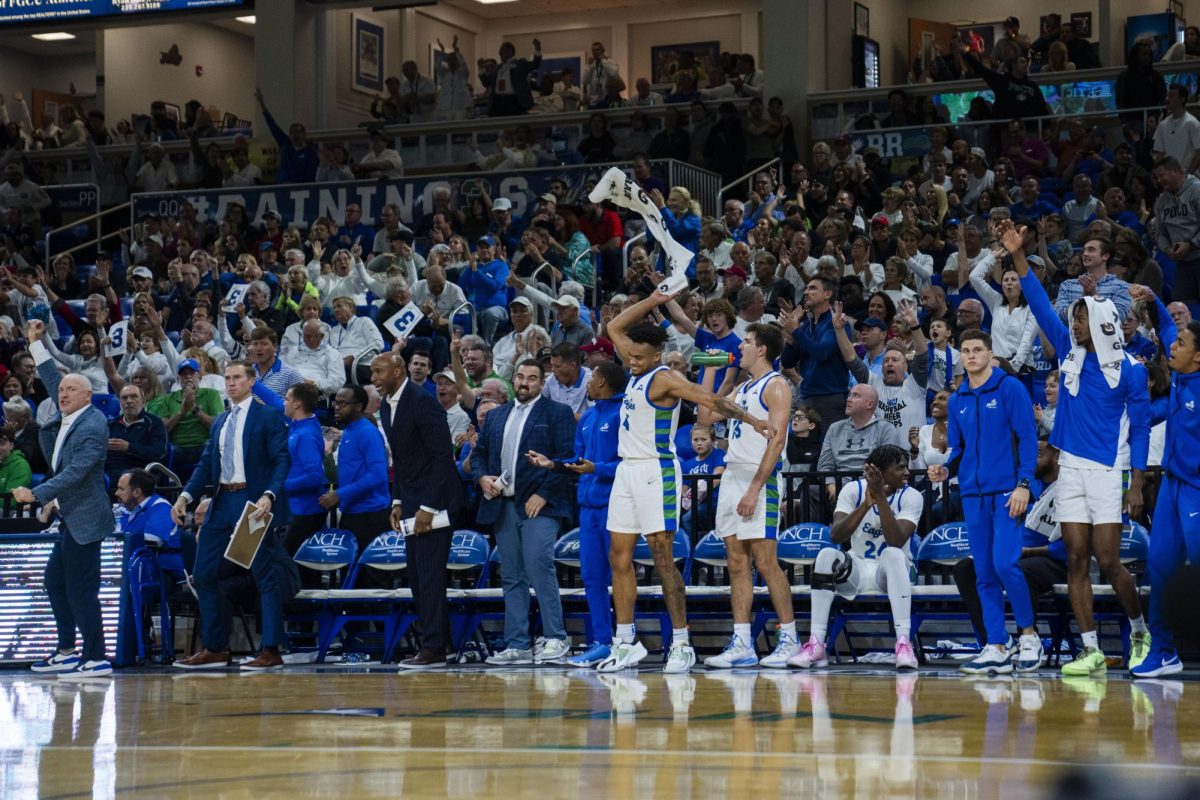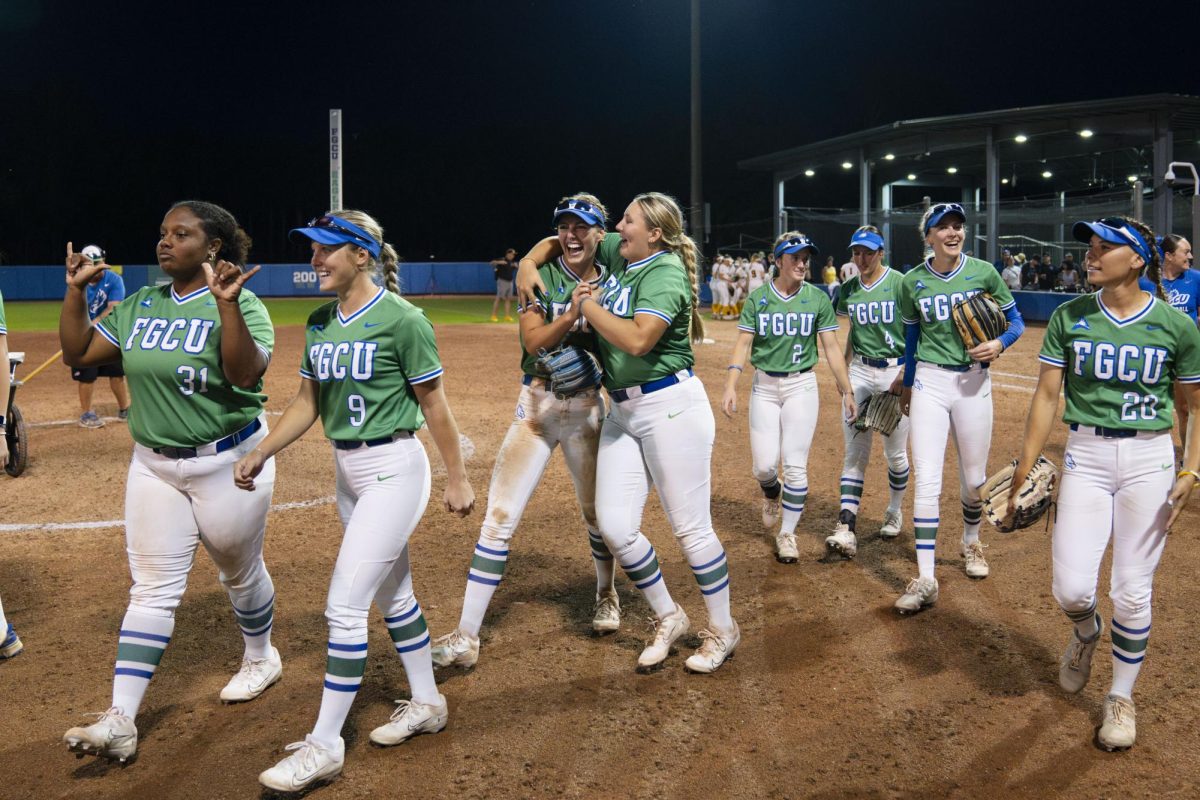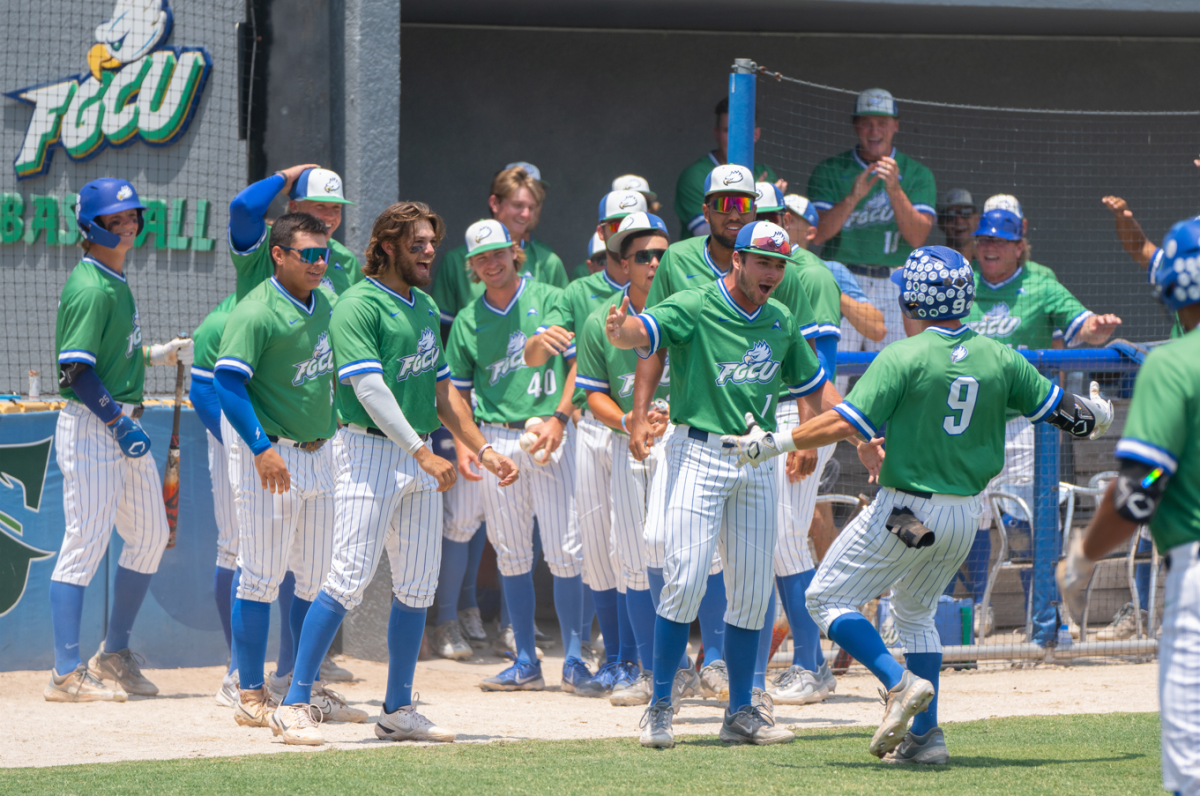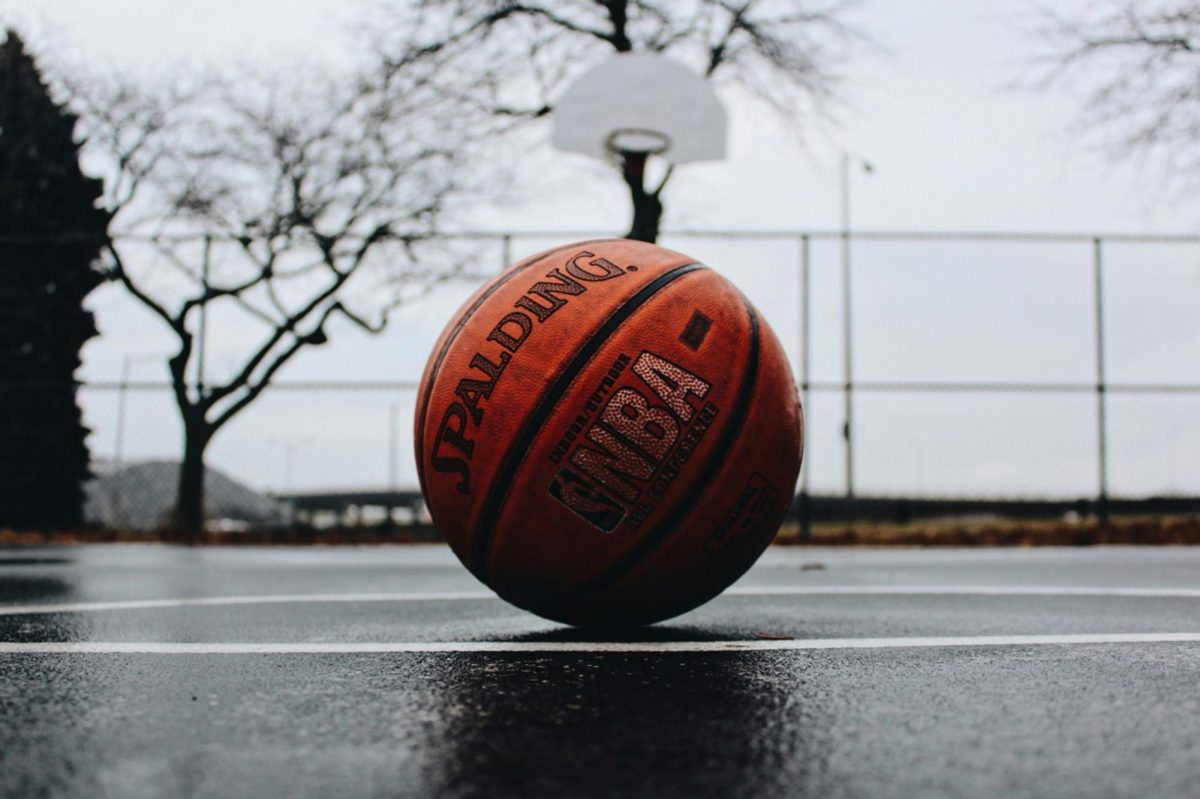Sports are a way people can enjoy their lives and stay fit and healthy. Injuries are a risk that comes with playing sports. One serious injury that has become more prevalent in sports during the last few years is the brain concussion.
A concussion is an injury caused by a sudden acceleration or deceleration of force to the brain. Concussions can also occur from a fall or a blow to the body that causes the head and brain to move quickly back and forth. Sports injuries, bicycle and car accidents and falls are among the leading causes of concussions.
Most people who sustain a concussion recover quickly and return to full health. Sometimes, these symptoms can last for days or even weeks after the initial diagnosis.
These symptoms might not appear directly when someone sustains a concussion. People have to be aware of these symptoms and inform someone if they experience them. Otherwise they are at a risk of developing further health problems later in life.
If these symptoms continue, someone may experience post-concussion syndrome. This is a set of symptoms that may continue for weeks, months or several years playing after a concussion.
Even major athletes such as Pittsburgh Penguins’ star Sidney Crosby have missed significant time overcoming concussion issues.
He originally sustained a concussion after a hit to the head from then-Capitals center David Steckel just before the end of the second period on Jan. 1, 2011. Crosby got up slowly and had a noticeable limp after the hit.
Just four days later, Crosby was injured again when he was driven into the boards headfirst by Lightning defenseman Victor Hedman. The Penguins announced that Crosby was expected to be sidelined for about a week with a concussion. He would be out for over 10 months battling concussion issues.
Finally, on Nov. 20, Crosby retuned to the ice and played for the Penguins. Soon after, Crosby was again feeling symptoms. He was forced to miss more time with concussion symptoms.
Concussions don’t just affect athletes during their careers. They can also affect people later in life after their playing career is over. Unfortunately, they have led people to end their lives.
Former Philadelphia Eagles star defensive back Andre Waters was known as a fierce tackler during his 12 seasons in the NFL. He also sustained numerous concussions during his football career.
In 2006, at age 44, Waters committed suicide by a self-inflicted gunshot wound. It was later determined that Waters’ brain had suffered so much damage from football injuries that it more resembled an 85-year-old man with early stages of Alzheimer’s disease.
Football has seen more than its fair share of concussion problems. Retired NFL linebacker Junior Seau committed suicide in 2012. It was later determined that Seau suffered from chronic traumatic encephalopathy. This is a type of chronic brain damage that has also been found in other deceased former NFL players.
Major League Baseball has also taken steps to prevent further health problems for players with concussions. Beginning with the 2011 season, Major League Baseball has instituted a new disabled list, a seven-day disabled list designed for players with concussions and brain injuries.
Catchers are at a high risk of sustaining a concussion. They are the closest fielder when the ball is being pitched too. Catchers are often hit by a foul tip from the batter. Catchers can also sustain multiple concussions in their career.
Mike Matheny’s career as a catcher in baseball ended due to sustaining multiple concussions. He was hit by a series of foul balls off the facemask throughout his career.
“I did a very poor job at the end of my career of really telling people how weird and how tough the circumstances were for me after getting that last concussion, how that impacted my life,” Matheny said.
In 2014, the MLB created a new rule to protect catchers from sustaining concussions. A runner is not able to run out of a direct line to the plate in order to avoid contact with the catcher or any player covering the plate. If he does, the umpire can call him out even if the player loses possession of the ball. Baseball is trying to eliminate violent collisions at home plate.
If a player spends more than 14 days on the seven-day disabled list, the player will be retroactively transferred to the 15-day disabled list until he is healthy. The MLB has now ensured this is only for concussions and will take steps to avoid abuse of the system.
“It really is comporting our disabled lists with the reality of management of concussions,” MLB senior vice president of labor Dan Halem said.
More than 3 million Americans sustain a concussion every year. If we can report them when they occur we can protect the person from further damage later in life.
Concussions have become more prevalent in sports
August 21, 2014
Story continues below advertisement


































Shella • Sep 15, 2014 at 12:36 am
Finally i quit my regular job, now i earn a lot of money on-line you
should try too, just search in google – blackhand roulette
system